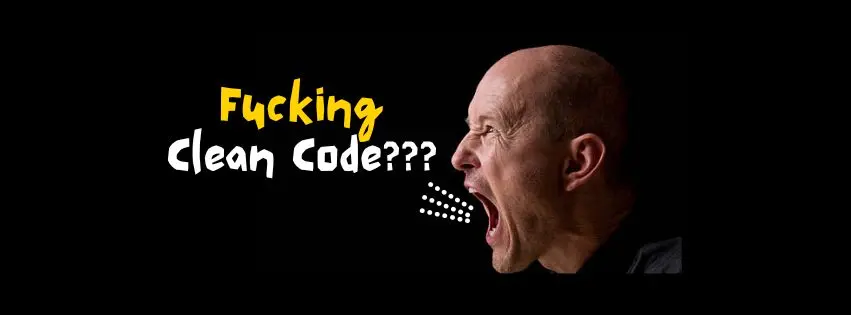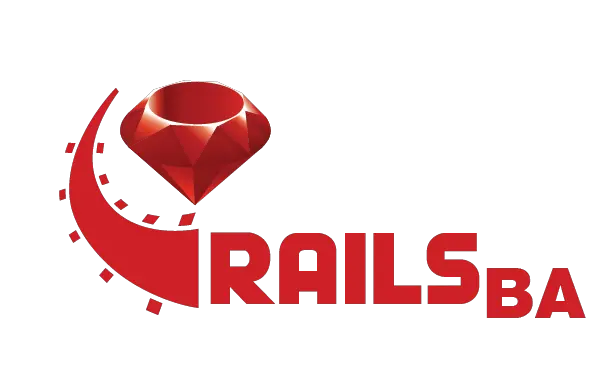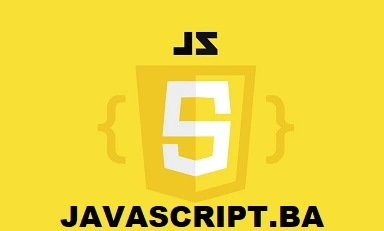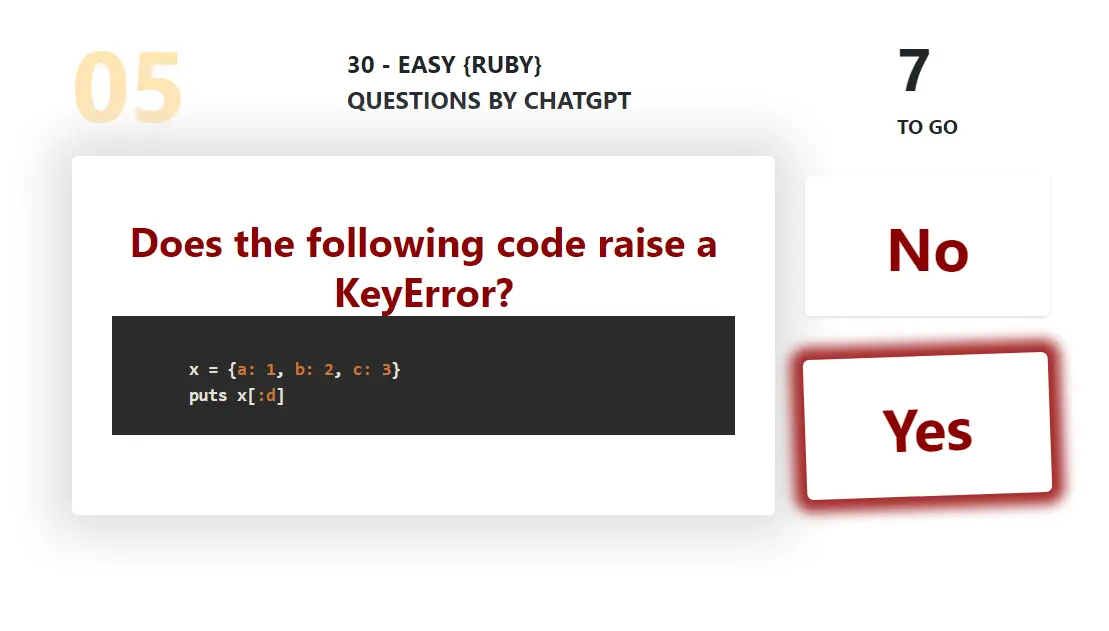
What's the Fucking Clean Code??? 10/10/2024 ~ Views: 920
In the world of software development, "clean code" has become a buzzword, often thrown around in discussions, debates, and even job interviews. But, despite its frequent usage, it remains an elusive concept. Developers, teams, and organizations each seem to have their own interpretations, making it challenging to nail down a universal definition. Some developers argue about best practices, others focus on readability or simplicity, and many just want to know: What exactly is clean code?
In this post, we'll break down various definitions of clean code, analyze key ideas from well-known programming books and articles, and ultimately propose a clear and actionable definition that you can use as a reference for writing better software.
1. What Is Clean Code, Really?
Before we dive into specific definitions, let's address the frustration that often surrounds clean code discussions. Many developers find themselves stuck in endless debates about whether a particular method or pattern qualifies as "clean." These debates are often subjective, lacking a common framework.
For instance, while some consider code "clean" if it passes all tests, others emphasize aesthetics—elegant, DRY (Don't Repeat Yourself), and self-documenting. While these perspectives are valid, they're incomplete on their own. The result? Confusion.
2. Clean Code Defined by Thought Leaders
To cut through the noise, let's look at what some of the most respected figures in software development have to say about clean code:
- Robert C. Martin (Uncle Bob): In his famous book *Clean Code: A Handbook of Agile Software Craftsmanship*, Martin emphasizes that clean code is *"simple and direct."* He advocates for readability and the idea that clean code should do *one thing well* and be easy to understand and modify. His focus is on reducing complexity and making code that is easily maintained over time.
- Kent Beck: In *Extreme Programming Explained*, Beck stresses that clean code should be *"simple, with no unnecessary complexity."* His definition aligns with the principle of YAGNI (You Aren’t Gonna Need It), where code should be optimized for the present and not over-engineered for the future.
- Michael Feathers: In *Working Effectively with Legacy Code*, Feathers provides a more pragmatic angle, suggesting that clean code is *code that’s easy to change.* His focus is on maintainability, especially in legacy codebases where the key goal is to make changes safely and efficiently.
3. The Core Attributes of Clean Code
From these definitions and others, we can extract several core principles:
- Readability: Clean code should be easy to read and understand. A developer unfamiliar with the project should be able to grasp the logic without extensive documentation. Code that explains itself reduces onboarding time and minimizes misunderstandings during maintenance.
- Simplicity: Simplicity is a hallmark of clean code. This doesn’t mean the code should be overly simplistic or underdeveloped, but it should avoid unnecessary complexity. Each line should have a clear purpose, and the code should be free of redundant patterns or overly convoluted solutions.
- Maintainability: As Michael Feathers points out, clean code is code that’s easy to change. Whether adding features, fixing bugs, or refactoring, clean code should allow for changes without a high risk of introducing new problems.
- Testability: Code that is hard to test is inherently not clean. Clean code should be modular and isolated, allowing for clear, easy-to-run unit tests. The faster you can test and validate your code, the cleaner and more reliable it becomes.
- Consistency: The structure and style of the code should be consistent across the project. This ensures that a codebase feels unified and follows common patterns, reducing cognitive load when moving from one part of the system to another.
4. Why Clean Code Matters
Clean code isn’t just a vanity metric or something to impress peers. The real-world benefits of clean code are tangible:
- Reduced Bugs: Code that is simple, readable, and well-tested is far less likely to contain defects.
- Faster Development: With clean code, you can build features faster because you’re not fighting against the codebase’s inherent complexity or technical debt.
- Easier Onboarding: Developers new to a project can get up to speed faster when the code is intuitive and follows consistent patterns.
- Long-term Maintainability: Projects evolve, and so does the code. Clean code ensures that changes, whether minor tweaks or large refactors, are manageable and less likely to break other parts of the system.
5. A Universal Definition of Clean Code
After analyzing multiple perspectives and distilling their insights, here’s a universal definition of clean code that you can apply in any project:
In this post, we'll break down various definitions of clean code, analyze key ideas from well-known programming books and articles, and ultimately propose a clear and actionable definition that you can use as a reference for writing better software.
1. What Is Clean Code, Really?
Before we dive into specific definitions, let's address the frustration that often surrounds clean code discussions. Many developers find themselves stuck in endless debates about whether a particular method or pattern qualifies as "clean." These debates are often subjective, lacking a common framework.
For instance, while some consider code "clean" if it passes all tests, others emphasize aesthetics—elegant, DRY (Don't Repeat Yourself), and self-documenting. While these perspectives are valid, they're incomplete on their own. The result? Confusion.
2. Clean Code Defined by Thought Leaders
To cut through the noise, let's look at what some of the most respected figures in software development have to say about clean code:
- Robert C. Martin (Uncle Bob): In his famous book *Clean Code: A Handbook of Agile Software Craftsmanship*, Martin emphasizes that clean code is *"simple and direct."* He advocates for readability and the idea that clean code should do *one thing well* and be easy to understand and modify. His focus is on reducing complexity and making code that is easily maintained over time.
- Kent Beck: In *Extreme Programming Explained*, Beck stresses that clean code should be *"simple, with no unnecessary complexity."* His definition aligns with the principle of YAGNI (You Aren’t Gonna Need It), where code should be optimized for the present and not over-engineered for the future.
- Michael Feathers: In *Working Effectively with Legacy Code*, Feathers provides a more pragmatic angle, suggesting that clean code is *code that’s easy to change.* His focus is on maintainability, especially in legacy codebases where the key goal is to make changes safely and efficiently.
3. The Core Attributes of Clean Code
From these definitions and others, we can extract several core principles:
- Readability: Clean code should be easy to read and understand. A developer unfamiliar with the project should be able to grasp the logic without extensive documentation. Code that explains itself reduces onboarding time and minimizes misunderstandings during maintenance.
- Simplicity: Simplicity is a hallmark of clean code. This doesn’t mean the code should be overly simplistic or underdeveloped, but it should avoid unnecessary complexity. Each line should have a clear purpose, and the code should be free of redundant patterns or overly convoluted solutions.
- Maintainability: As Michael Feathers points out, clean code is code that’s easy to change. Whether adding features, fixing bugs, or refactoring, clean code should allow for changes without a high risk of introducing new problems.
- Testability: Code that is hard to test is inherently not clean. Clean code should be modular and isolated, allowing for clear, easy-to-run unit tests. The faster you can test and validate your code, the cleaner and more reliable it becomes.
- Consistency: The structure and style of the code should be consistent across the project. This ensures that a codebase feels unified and follows common patterns, reducing cognitive load when moving from one part of the system to another.
4. Why Clean Code Matters
Clean code isn’t just a vanity metric or something to impress peers. The real-world benefits of clean code are tangible:
- Reduced Bugs: Code that is simple, readable, and well-tested is far less likely to contain defects.
- Faster Development: With clean code, you can build features faster because you’re not fighting against the codebase’s inherent complexity or technical debt.
- Easier Onboarding: Developers new to a project can get up to speed faster when the code is intuitive and follows consistent patterns.
- Long-term Maintainability: Projects evolve, and so does the code. Clean code ensures that changes, whether minor tweaks or large refactors, are manageable and less likely to break other parts of the system.
5. A Universal Definition of Clean Code
After analyzing multiple perspectives and distilling their insights, here’s a universal definition of clean code that you can apply in any project:
Clean code is code that is readable, simple, maintainable, testable, and consistent. It does what it is supposed to do efficiently and effectively, while remaining easy to modify and extend over time.
This definition unifies key aspects from the leading thinkers in the field while remaining actionable. It emphasizes not only the technical attributes of clean code but also its practical importance in the context of a dynamic software project.
6. Common Misconceptions About Clean Code
- “Clean code is perfect code.”: No code is perfect. Clean code isn’t about perfection; it’s about minimizing confusion, complexity, and defects. Striving for absolute perfection can lead to over-engineering, which is the opposite of clean.
- “Clean code is the most optimized code.”: While clean code should be efficient, premature optimization often leads to complexity. Focus on readability and maintainability first; performance tweaks can come later when necessary.
- “Clean code never changes.”: Clean code is adaptable. As requirements change, code should evolve too. Clean code makes this process smoother and less risky.
7. Final Thoughts
Clean code is not a one-size-fits-all formula, but a set of principles that guide developers towards writing better, more maintainable software. While the term might feel overused, its significance in the long-term success of a project cannot be understated. By focusing on readability, simplicity, maintainability, and testability, you can write code that stands the test of time.
So next time you find yourself in a heated discussion about what makes code "clean," reference this guide, and help steer the conversation toward a clear and universally understood definition.
Further Reading:
- Clean Code: A Handbook of Agile Software Craftsmanship by Robert C. Martin
- Working Effectively with Legacy Code by Michael Feathers
- Extreme Programming Explained by Kent Beck
With these core resources and principles in mind, you’re well on your way to mastering the art of clean code.
By focusing on these essential traits of clean code, you'll not only write better software but also save countless hours in the long run. Remember, clean code isn’t about showing off—it’s about delivering efficient, maintainable, and adaptable solutions.
Tags: clean code, clean code definition, clean code principles, how to write clean code, Robert C. Martin clean code, Kent Beck clean code, testable code, readable code, software craftsmanship, clean code examples, software development best practices.








